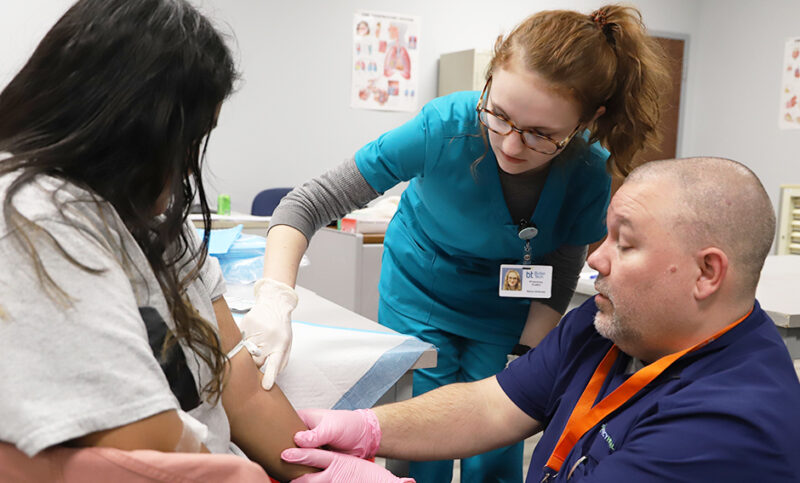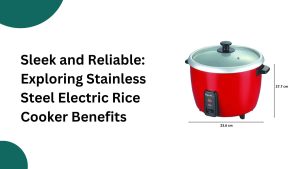
Phlebotomists play a crucial, yet often overlooked, role in healthcare. Responsible for drawing blood for donations, medical tests, and research, these professionals are a vital link between patients and the medical system. But how do you become a phlebotomist? What does it take to excel in this field? In this comprehensive guide, we’ll explore the impact of professional phlebotomy training on your career prospects, and how to choose the right path to becoming a successful phlebotomist.
The Journey to Becoming a Phlebotomist
If you’re considering a career in phlebotomy, the first step is understanding the path you need to follow. Contrary to popular belief, becoming a phlebotomist is more than just being good with needles; it requires a blend of education, technical skill, and compassion for patients.
To those interested in pursuing this field, do not hesitate to take that first step in researching and enrolling in a phlebotomy course. Your future career and the patients you’ll serve will thank you for the commitment to excellence in your training.
Educational Requirements and Eligibility Criteria
While the prerequisites may vary by state or employer, a high school diploma or GED is generally the minimum educational requirement. Some employers may also require a certification from an accredited phlebotomy training program or state licensure.

Overview of Phlebotomy Courses and Their Structure
Phlebotomy courses are structured to teach the skills needed to collect blood safely and accurately. These courses can be part of a broader medical assistant program, or they may be standalone programs. The curriculum typically includes a mix of theoretical knowledge and hands-on clinical experience.
Practical and Theoretical Training in Phlebotomy
Theoretical components of phlebotomy training cover anatomy, physiology, medical terminology, and infection control. The practical aspect hones in on venipuncture techniques, safety protocols, and the collection and labeling of blood samples.
Choosing the Right Phlebotomy Course
Selecting a phlebotomy training program is a critical decision that can influence the trajectory of your career. With a growing number of options available, making an informed choice is paramount to your success.
Factors to Consider When Selecting a Program
Consider the reputation of the institution, the success rate of graduates in obtaining jobs, and the support services provided, including job placement assistance. Look for programs with experienced instructors and those that are recognized by the National Accrediting Agency for Clinical Laboratory Sciences (NAACLS).
Comparing Online and In-Person Course Options
Both online and in-person courses have their advantages. In-person training provides direct supervision and immediate feedback, while online courses offer flexibility for students who may have full-time jobs or family responsibilities.
Affordability and Financial Aid
Investigate the cost of the program and look into available financial aid, scholarships, or grants. Some hospitals and clinics may offer tuition reimbursement to employees pursuing phlebotomy training, so it’s worth exploring employer-sponsored options as well.
The Impact of Phlebotomy Training on Career Success
Phlebotomy training is a direct gateway to the workforce. It not only equips you with the necessary skills but also enhances your employability and sets the stage for future career advancement.
Job Opportunities Post-Training
Completion of a phlebotomy course opens the door to various entry-level positions in hospitals, clinics, blood donation centers, and diagnostic laboratories. The demand for trained phlebotomists is expected to grow as the healthcare industry expands.
Real-Life Testimonials of Successful Phlebotomists
Success stories can be inspiring for aspiring phlebotomists. Understanding the accomplishments and career progression of those who have gone before you can shed light on the potential of a phlebotomy career.
Exploring Career Paths in Phlebotomy
While the most common career path for phlebotomists is in clinical settings, there are opportunities to specialize, move into supervisory roles, or transition into related areas of healthcare, such as medical technology or nursing.
Tips for Excelling in Your Phlebotomy Course
To reap the full benefits of your phlebotomy training, it’s important to approach the course with dedication and focus. Here are some tips to help you succeed in your studies.
Strategies for Navigating Theoretical Modules
Actively engage with the material through note-taking, group study sessions, and seeking out additional resources. Understanding the theoretical aspects of phlebotomy is fundamental to the safe and accurate collection of blood.
Perfecting Your Venipuncture Technique
Practice is key to mastering the art of venipuncture. Take advantage of any practical training or lab sessions included in your course, and don’t be afraid to ask for feedback from your instructors.
Networking and Gaining Practical Experience
Connect with your peers and instructors for advice and potential job leads. Volunteer or seek part-time work at local healthcare facilities to gain hands-on experience and build your professional network.

Conclusion
Phlebotomy training is much more than a stepping stone into the world of healthcare; it is a foundation for a fulfilling and impactful career. The investment in quality education not only provides the technical skills but also opens doors to a myriad of professional opportunities.
If you’re passionate about helping others and are looking for a rewarding career in healthcare, consider enrolling in a phlebotomy training program. With the right preparation and training, you can become a skilled phlebotomist and enjoy a successful career in a dynamic and growing industry.






